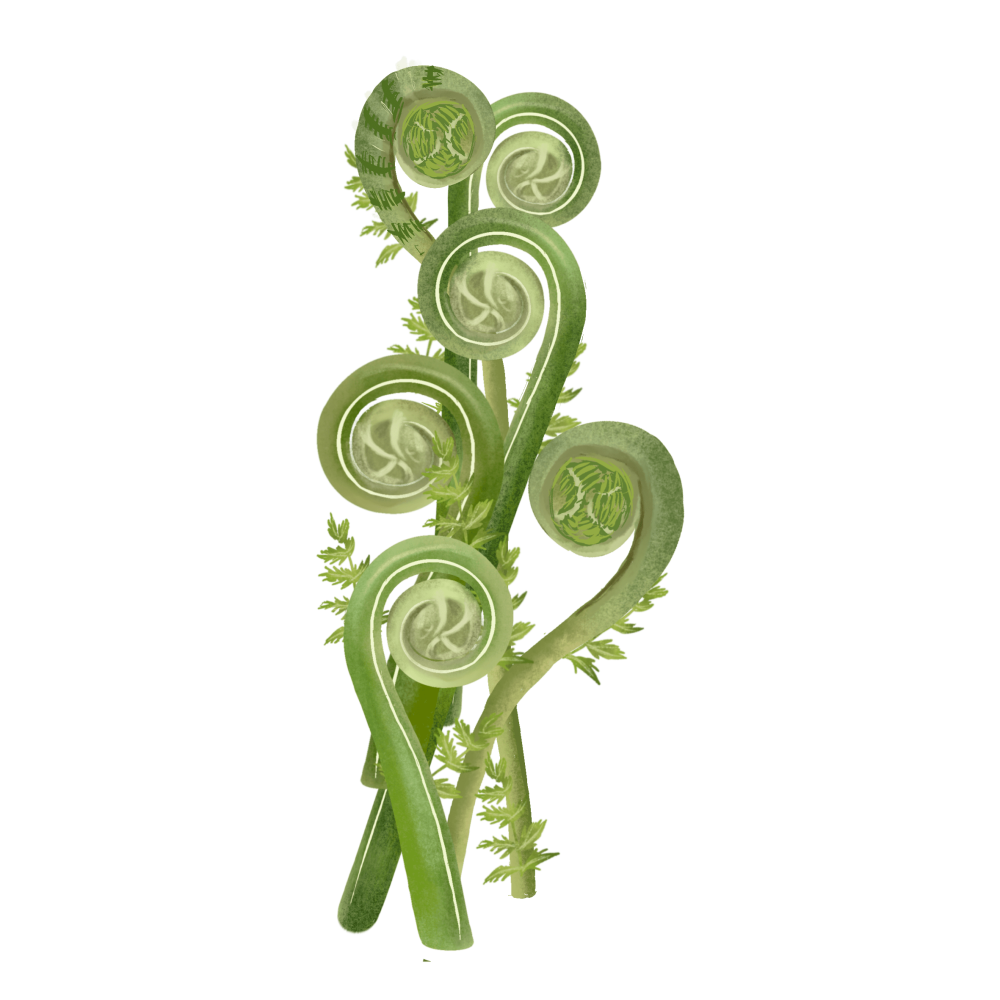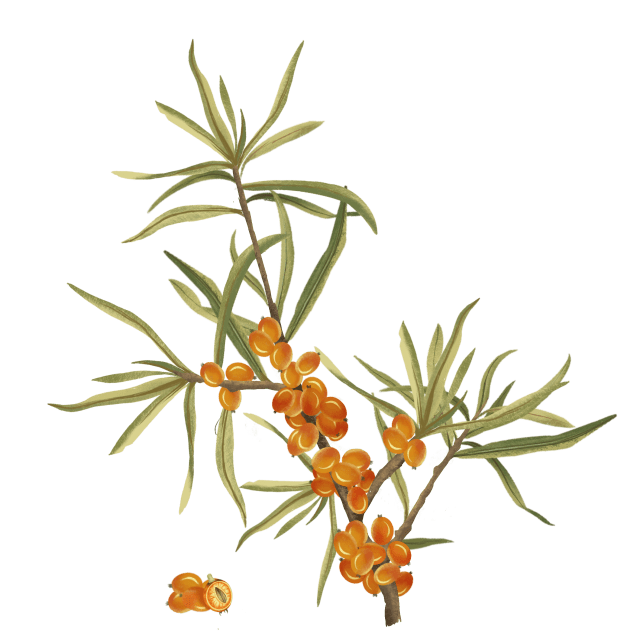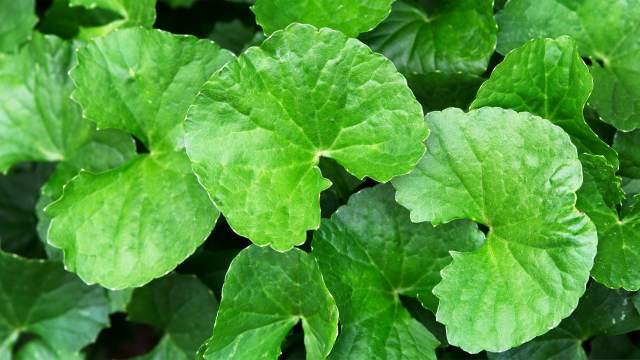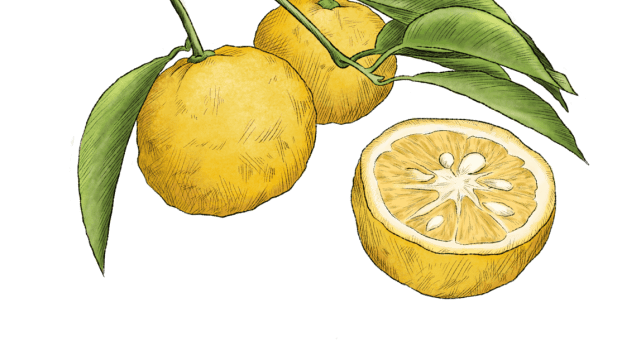Linguda

Latin Name: Diplazium maximum
Uses: vegetable
Other Names: lungru, khasrod, vegetable fern, fiddlehead fern
With the first splash of rain, mountain folk in the western Himalayas gear up for a short but rewarding season of foraging and dining on young fronds of a wild edible fern they call linguda. A cousin of the more famous “fiddlehead” fern Matteuccia struthiopteris, linguda or Diplazium maximum also resembles the scrolled head of a violin, wound up tight like a coiled spring. Vibrant green, and sometimes covered in brown, papery skin that can easily be rubbed or washed off, this tasty and nutritious vegetable is well-worth foraging.
Why is it healthy?
Linguda fronds are rich in fiber, antioxidants, minerals such as potassium and phosphorus, and an omega-6 fatty acid that promotes cardiovascular health. Studies indicate that the fern’s amino acid profile is comparable to spinach and button mushrooms — and even potentially superior.
What does it taste like?
It’s the young, uncoiled fronds that you want to eat. Expect vegetal notes and textures that are a cross between green beans and broccoli. Once cooked, the fronds acquire a sweetness similar to asparagus.
Where does it grow?
Linguda is one of the lesser-known fern species of the western Himalayas, and is found particularly in the states of Himachal Pradesh and Uttarakhand in India. Edible fronds emerge only during the rainy season in moisture-rich, low-salt regions at higher altitudes.
How do I prepare it and what do I pair it with?
Linguda has a very short shelf life, so it’s best collected oneself wherever it grows wild, or purchased fresh from a local store in those regions. Clean the ferns well under running water. Since they have a subtle flavor, don’t “fiddle” too much with them in terms of cooking. Quick sautéing, roasting, steaming, and even just boiling works. Sprinkle some salt or seasoning of your choice and enjoy with a simple condiment. Or add cooked fronds to salads with a soy dressing. In Himachal, ferns are prized catch, so locals prefer to preserve them in a mustard oil pickle.
Surprising Fact:
Ferns are older than dinosaurs by over a hundred million years! In the Himachal region, ferns are present in fossils recorded from the time before flowering plants existed.







